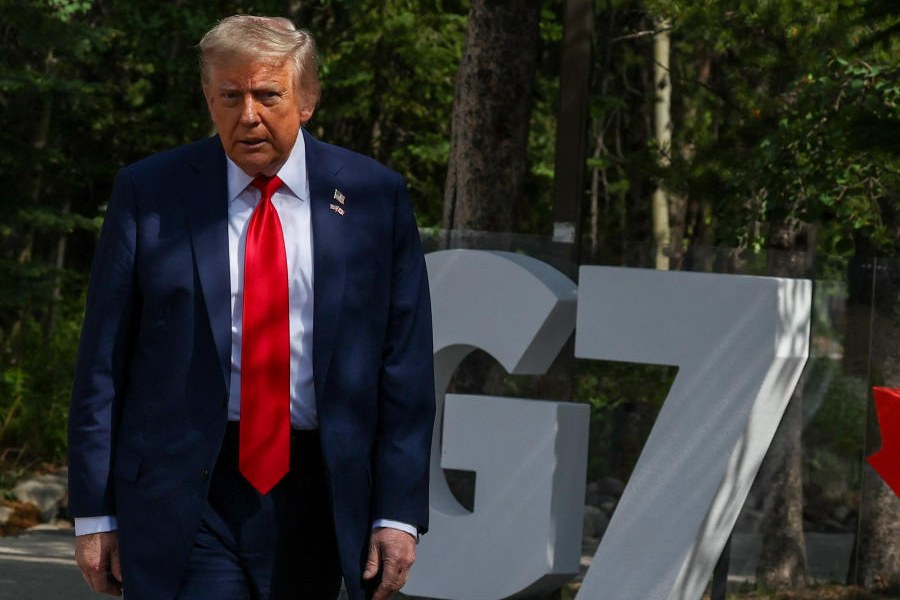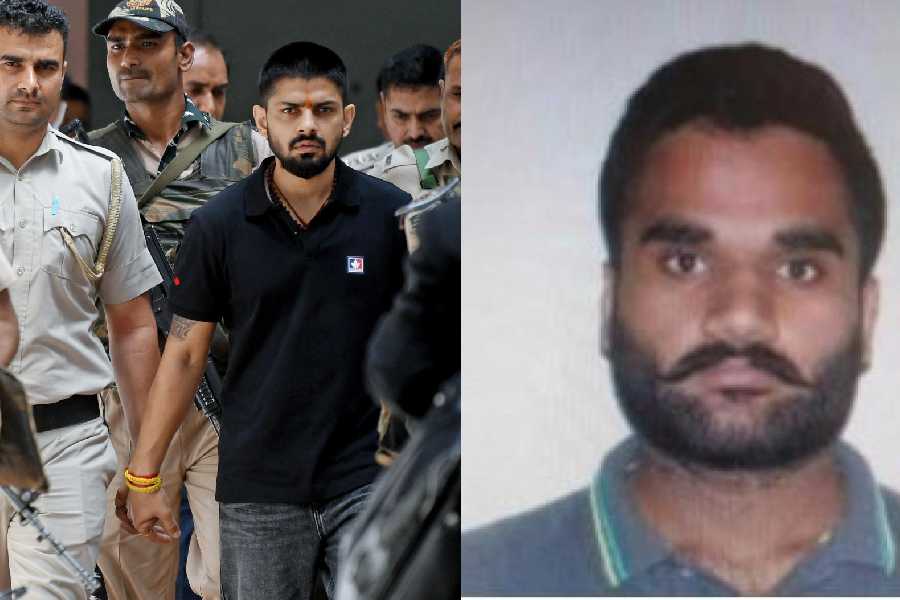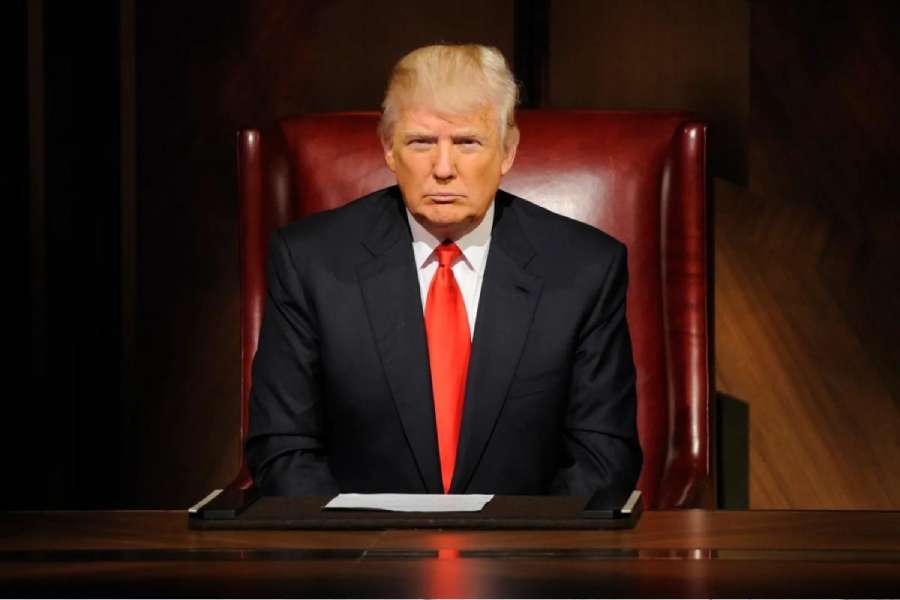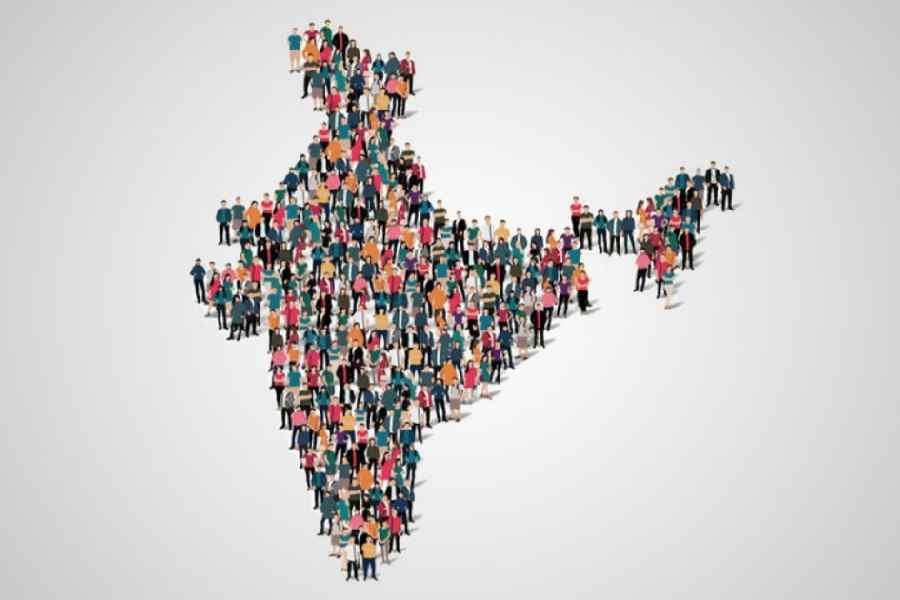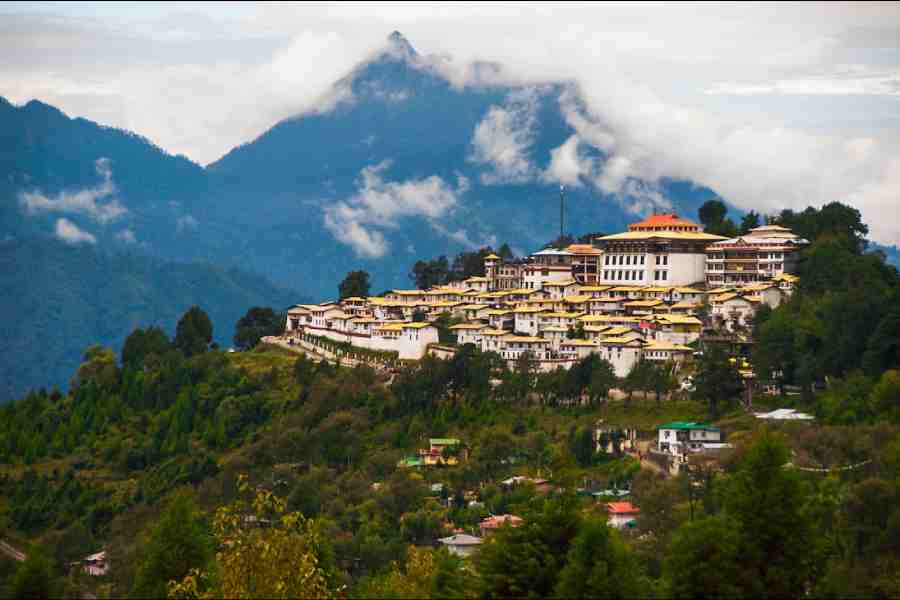 |
 |
| FRAME BY FRAME: Posters of animation films, Snake Woman and The Sadhu |
Roll over Phantom, our own Devi is here. India, with its treasure trove of mythology, has decided to give western comics a run for their money. Filmmaker Shekhar Kapur is putting gods and superhumans in a grid, much to the delight of American readers — and the men behind the new comics.
“Ancient evil still walks the earth, while human civilisation remains woefully ignorant. Devi has to save the world’s collective ass everyday,” says the text of the comic book which revolves around the activities of Devi, a female warrior with god-like powers who has to destroy the evil lord, Bala.
Devi, which made its debut in the United States in July this year, has been generating quite a bit of buzz. And that’s no mean feat, considering that almost 150 comic titles were released in the US around the same time that Devi made its appearance.
As far as Shekhar Kapur is concerned, it’s a process of reverse cultural colonisation. “Our mythic characters are potential gold-mines,” he has said in various media conferences.
Behind the Devi comics, set in Sitapur, a nondescript town in modern India, are three companies. Bangalore-based Gotham Entertainment and motivation guru Deepak Chopra and Shekar Kapur’s Intent Media have come together with Richard Branson’s Virgin Group to form Virgin Comics and Animation (VGA).
Says Gotham Chopra, a partner in Intent Media, “Our team researched some of the great Devi stories and integrated both narratively and visually what they learned into a great story that focused on a goddess who is sent to Earth to combat a brewing evil. But the more time she spends among humans — especially a forlorn detective named Rahul Singh — the more she longs to be human.”
Devi is among the four Indian titles making an impact in the West. Sometime this month, the comics are also slated to be launched in India. Suresh Seetaraman, chief operating officer, Gotham Entertainment, points out that the comics would be sold at 1/10th the usual price because they have been printed in India. Though prices range between $3 and $100 for a comic book in the West, these would be priced at Rs 10-15 in India.
The company, which was set up in 1997, had earlier tasted success with Spider-Man India, where popular comic character Spider-Man was suitably adapted to the Indian soil. In the Indian version, Peter Parker became Pavitra Prabhakar and leapt around rickshaws and scooters and swung from monuments such as the Gateway of India and the Taj Mahal.
India was at the core of Gotham Chopra’s creative thoughts, too. Chopra, who is the son of Deepak Chopra, had served as story editor on Bulletproof Monk, a comic about a monk in New York City trying to protect a sacred scroll. And Chopra always believed that India could provide the grist for good comic book stories.
“Today’s audience — whether in Bombay, Boston, or Beijing — expects a certain degree of look and feel in the sphere of visual entertainment and until recently that was not a priority in the Indian comic industry,” says Gotham Chopra. But things, clearly, have started to change.
Devi apart, there is Snake Woman, the story of Jessica Petterson, who works as a waitress in a Los Angeles bar. A wounded snake in her previous life, she now takes revenge on people in a human form.
Likewise, The Sadhu, written by Gotham Chopra, is about James Jensen who was recruited by the Queen’s Army in India in 1858. He falls into the hands of bandits, and then joins them. Later, he embarks on a path to enlightenment and salvation. And Ramayana 3392 AD is the old epic with a different narrative.
Seetaraman explains, “Indians believe that destiny maketh man, the West thinks otherwise. The idea has been to interweave some parts of the Indian philosophy and turn it into a globally acceptable story.”
But how will Western audiences, who have grown up on Peter Parkers and Power Puff girls, relate to characters such as Nagin, Dakaits, Asuras and Thakurs? According to Seetaraman, the success of a comic book depends on its content and visual treatment.
He adds that Virgin Comics has tied up with well known writers and illustrators in India and abroad to produce world class quality stuff in comics. Writers like Ashok Banker and Siddharth Kotian have been roped in to write subsequent titles for Virgin Comics. Plans are also afoot for expansion to merchandise, film and a television series.
In the $10 billion comic book industry, where an average of 100 titles are released a month, do Indian comics stand a chance? Answers Chopra, “We definitely hope so! I think India has a rich vault of mythology that will really excite the global audience when they are exposed to it appropriately.”
So is India going to be the next Japan? Just like the Manga (Japanese comics) has swept the world, will Devi cause a tremor? The people behind the new comic books are certain it will — but a third eye would have helped.


